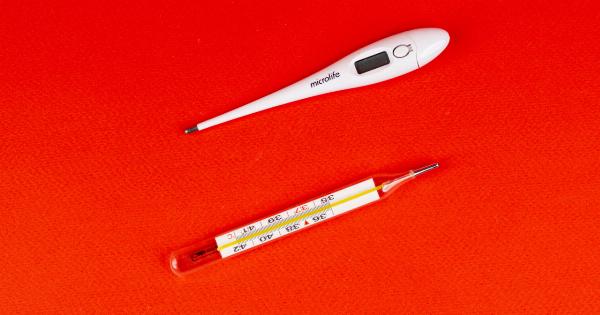When it comes to health hazards, we often tend to think about the things that we can see, such as pollution or hazardous chemicals. However, many of the biggest threats to our well-being are invisible and take place without us even realizing it.
From mold to electromagnetic fields, here are some of the hidden health hazards you need to look out for to breathe easy.
Electromagnetic Fields (EMFs)
As the world becomes increasingly reliant on technology, we’re exposed to more electromagnetic fields (EMFs) than ever before. EMFs are everywhere, from our cell phones to our laptops.
However, over-exposure to EMFs has been linked to a range of health issues, including headaches, insomnia, and even cancer.
To reduce your exposure, consider making a few changes to your lifestyle such as limiting your screen time, switching to wired headphones, and using an EMF-shielding case for your phone.
Mold
Mold can be a common problem in the home, and it’s often invisible to the naked eye. Exposure to mold can cause a number of health problems including, respiratory issues, skin irritation, and fatigue.
To prevent mold, ensure that your home is well-ventilated, and keep the humidity levels low. If you do discover mold, be sure to remove it immediately and take steps to prevent it from returning.
VOCs (Volatile Organic Compounds)
VOCs are chemicals that are widely used in household products such as cleaning products, paints, and air fresheners. Exposure to VOCs can cause headaches, dizziness, and eye irritation.
To reduce your exposure to VOCs, invest in natural cleaning products, avoid painting your home with oil-based paints, and opt for natural air fresheners such as essential oils.
Radon
Radon is a naturally occurring gas that can enter homes through cracks in the foundation or walls. Exposure to high levels of radon has been linked to lung cancer, making it one of the most dangerous hidden health hazards you need to look out for.
The good news is that radon levels can be easily checked with a home testing kit. If high levels are detected, steps can be taken to reduce the risk of exposure.
Lead
Lead is a toxic metal that was once commonly used in household items such as paint and pipes. But even though it’s no longer widely used, it can still be present in older homes.
Exposure to lead can cause damage to the brain and nervous system, particularly in children.
If you suspect that your home may contain lead, it’s important to have it tested. If lead is present, take steps to remove it or minimize your exposure to it.
Dust Mites
Dust mites are tiny creatures that live in your bedding, upholstery, and carpeting. Exposure to dust mites can cause respiratory issues such as asthma and allergies.
To reduce your exposure to dust mites, wash your bedding in hot water regularly, vacuum frequently, and invest in dust mite-proof covers for your mattress and pillows.
Carbon Monoxide
Carbon monoxide is a colorless, odorless gas that’s produced by common household appliances such as gas stoves and furnaces. Exposure to carbon monoxide can cause headaches, dizziness, and nausea. In extreme cases, it can even be deadly.
To prevent carbon monoxide poisoning, make sure that your appliances are properly ventilated and install carbon monoxide detectors throughout your home.
Indoor Air Pollution
Indoor air pollution can come from a wide range of sources, including tobacco smoke, cleaning products, and cooking fumes. Exposure to indoor air pollution can cause a range of health issues, including respiratory problems and headaches.
To reduce your exposure to indoor air pollution, invest in an air purifier, keep your home well-ventilated, and use natural cleaning products.
Asbestos
Asbestos is a mineral that was once commonly used in construction materials such as insulation and roofing. However, exposure to asbestos can cause lung cancer and mesothelioma.
If you live in an older home, it’s important to have it tested for asbestos. If asbestos is present, steps can be taken to remove it or minimize your exposure to it.
Noise Pollution
Noise pollution is a type of pollution that’s often overlooked, but it can have a range of health impacts. Exposure to noise pollution can cause hearing loss, high blood pressure, and even heart disease.
To reduce your exposure to noise pollution, invest in noise-cancelling headphones, keep your home well-insulated, and avoid noisy areas whenever possible.





























